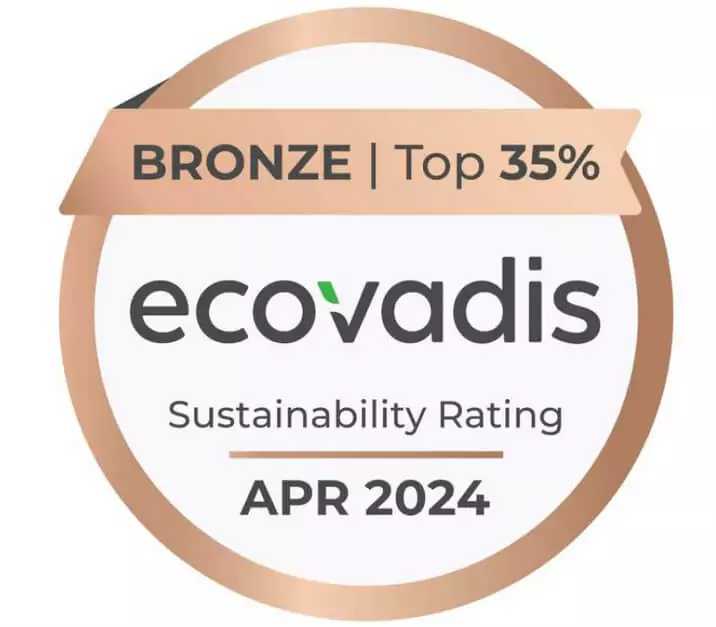The Ultimate Guide to Comparing Lithium Auto Batteries for Your Vehicle
As the automotive industry continues to innovate and shift towards more sustainable solutions, lithium auto batteries have emerged as a leading choice for powering electric vehicles (EVs). According to a report by the International Energy Agency (IEA), global sales of electric vehicles surged by 140% in 2020 alone, primarily driven by the efficiency and performance of lithium-ion battery technology. However, with a myriad of options available in the market, consumers face challenges when it comes to selecting the ideal lithium auto battery for their vehicle.
Issues such as battery lifespan, charging speed, and overall energy density can significantly affect vehicle performance and user experience. In this comprehensive guide, we will delve into the various types of lithium auto batteries, highlighting common problems associated with each type, to help you make an informed decision for your automotive needs.
The Rise of Lithium Auto Batteries: What Makes Them the Preferred Choice?
The recent surge in the adoption of lithium auto batteries can be attributed to their superior energy density and efficiency compared to traditional lead-acid batteries. According to a report by Grand View Research, the global lithium-ion battery market is expected to reach $129.3 billion by 2027, driven primarily by the automotive sector. With a lifespan that can extend beyond 10 years and a charging time that is significantly reduced—often just 30 minutes to an hour—lithium batteries present an attractive option for electric vehicle (EV) manufacturers and consumers alike.

Furthermore, lithium batteries produce less environmental waste and can be recycled more efficiently than their counterparts. The International Energy Agency predicts that EVs could reach a market size of 145 million by 2030, emphasizing the shift towards greener technology. As more manufacturers integrate lithium batteries into their designs, it creates a ripple effect, pushing down costs and improving technology, solidifying lithium batteries as the preferred choice in the auto industry.
Exploring Alternative Battery Technologies: Comparing Lithium to Lead-Acid and Nickel-Metal Hydride
As the automotive industry shifts towards electrification, understanding the different battery technologies available is essential for making informed decisions. Lithium-ion batteries, which are widely adopted in electric vehicles (EVs), offer significant advantages over traditional lead-acid and nickel-metal hydride (NiMH) batteries. Firstly, lithium-ion batteries boast a higher energy density, providing around 250-300 Wh/kg compared to lead-acid's 30-50 Wh/kg. This allows for extended driving ranges and reduced vehicle weight, enhancing overall performance and efficiency.
Furthermore, lithium-ion batteries have a superior lifespan, often lasting over 2,000 charge cycles, whereas lead-acid batteries typically last for only 500-800 cycles. According to a report by MarketsandMarkets, the lithium battery market is expected to grow significantly, reaching approximately $105 billion by 2025, indicating a strong trend in adoption due to their efficiency and longevity. In addition to energy efficiency, lithium-ion batteries also present a lower self-discharge rate, which means they can retain charge for extended periods without being used. This feature makes them particularly appealing for electric vehicle applications, where retention of battery charge is crucial for user convenience and reliability.
The Comparison of Lithium, Lead-Acid, and Nickel-Metal Hydride Batteries
Evaluating Cost-Effectiveness: Are Lithium Batteries Worth the Investment for Your Vehicle?
Evaluating the cost-effectiveness of lithium auto batteries reveals a compelling case for their investment in various vehicles. Recent studies indicate that while the upfront cost of lithium batteries can be higher—ranging from $5,000 to $10,000 depending on capacity—their longevity and performance can offset this initial expense. According to a report by the International Energy Agency, lithium batteries typically offer a lifespan of 8 to 15 years, outlasting traditional lead-acid batteries by nearly double. Over time, the reduced need for replacements translates to significant savings for vehicle owners.
When considering whether to invest in lithium auto batteries, here are a few tips: first, assess your driving habits. If you're using your vehicle frequently for long commutes or heavy loads, the superior efficiency of lithium batteries will shine through, potentially reducing your total cost of ownership. Secondly, account for the resale value. Many buyers are increasingly interested in electric vehicles with advanced battery technology, which can enhance your vehicle’s marketability in the long run. Finally, explore available incentives for electric vehicles in your region, as these can significantly lower the overall cost of investment and make the transition to lithium batteries even more appealing.
The Ultimate Guide to Comparing Lithium Auto Batteries for Your Vehicle
| Battery Type |
Capacity (Ah) |
Weight (lbs) |
Average Lifespan (Years) |
Cost ($) |
Cost per Year ($) |
| Lithium Iron Phosphate (LiFePO4) |
100 |
31 |
10 |
900 |
90 |
| Lithium Nickel Manganese Cobalt (NMC) |
90 |
28 |
8 |
720 |
90 |
| Lithium Cobalt Oxide (LCO) |
75 |
25 |
6 |
600 |
100 |
| Lithium Polymer (LiPo) |
80 |
30 |
7 |
750 |
107 |
Performance Metrics: How Lithium Batteries Outperform Their Alternatives in Real-World Conditions
When comparing lithium auto batteries to traditional alternatives like lead-acid or nickel-metal hydride, the performance metrics reveal a significant advantage for lithium technologies. Lithium batteries typically offer superior energy density, meaning they can store more energy in a smaller and lighter package. This attribute not only enhances vehicle performance by reducing weight but also extends the driving range—critical for electric vehicles in particular. In real-world conditions, these batteries showcase their ability to maintain consistent power output, even under demanding situations like rapid acceleration or extreme weather.
Tip: When shopping for a lithium auto battery, pay attention to the discharge rate specifications. A higher discharge rate can contribute to better performance during critical driving conditions, especially for electric sports cars or vehicles that require quick bursts of power.
Another critical performance metric to consider is the charging speed. Lithium batteries are known for their ability to recharge quickly, often reaching 80% capacity in less than 30 minutes. This rapid charging capability allows more flexibility for drivers who may not want to wait long between uses, making them a perfect choice for busy lifestyles and frequent travelers.
Tip: Look for lithium batteries that come with built-in thermal management systems. This feature can prevent overheating during fast charging, thus prolonging battery life and maintaining optimal performance over time.
Environmental Impact: Understanding the Sustainability of Lithium vs. Other Battery Types
When considering the environmental impact of automotive batteries, lithium-ion technology often stands out due to its comparatively lower carbon footprint. Unlike traditional lead-acid batteries, lithium batteries offer a longer lifespan and higher energy density, meaning they require less frequent replacements and reduce waste over time. Their production processes have significantly improved, with many manufacturers now prioritizing sustainable sourcing of lithium, including partnerships with responsibly managed mines. This commitment not only diminishes the ecological impact but also strengthens the sustainability narrative surrounding lithium battery use.
However, it's essential to acknowledge the broader context of battery sustainability. While lithium batteries are advantageous, the extraction processes can lead to environmental degradation if not managed carefully. In contrast, other battery types, such as nickel-metal hydride, present different ecological concerns, including dependency on rare materials that may involve harmful extraction practices. Therefore, a holistic view of battery types is vital for consumers. Evaluating the entire lifecycle—production, usage, and end-of-life recycling—can guide environmentally conscious choices, ensuring that we minimize our automotive reliance on non-renewable resources while striving for a greener future.













